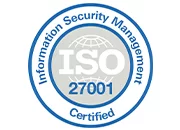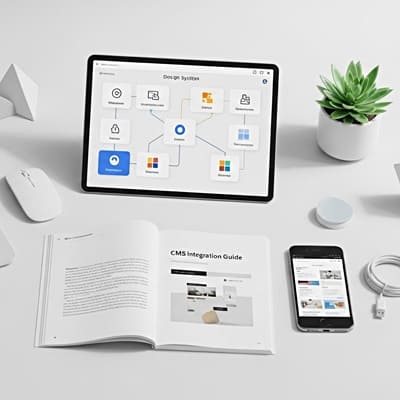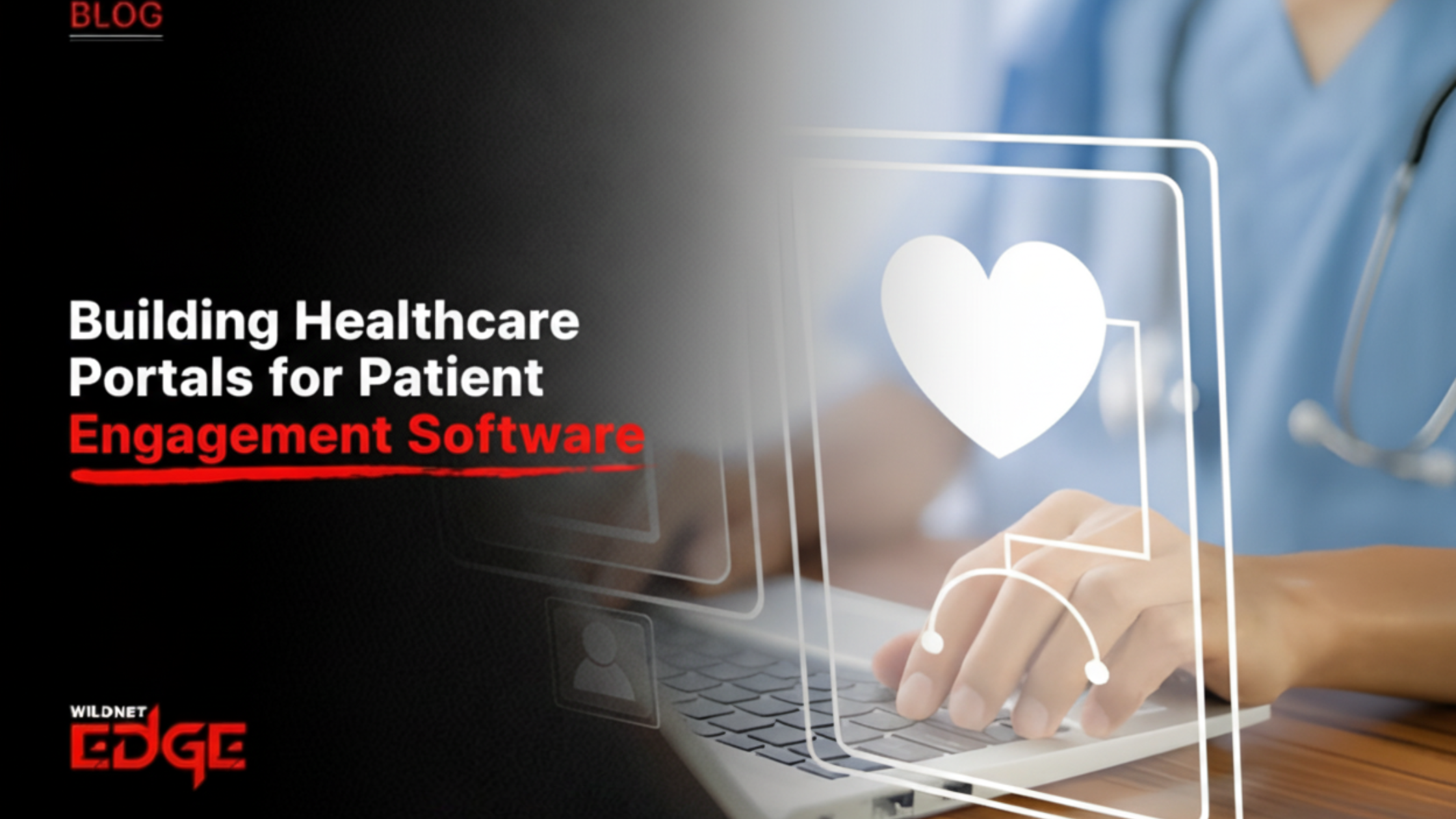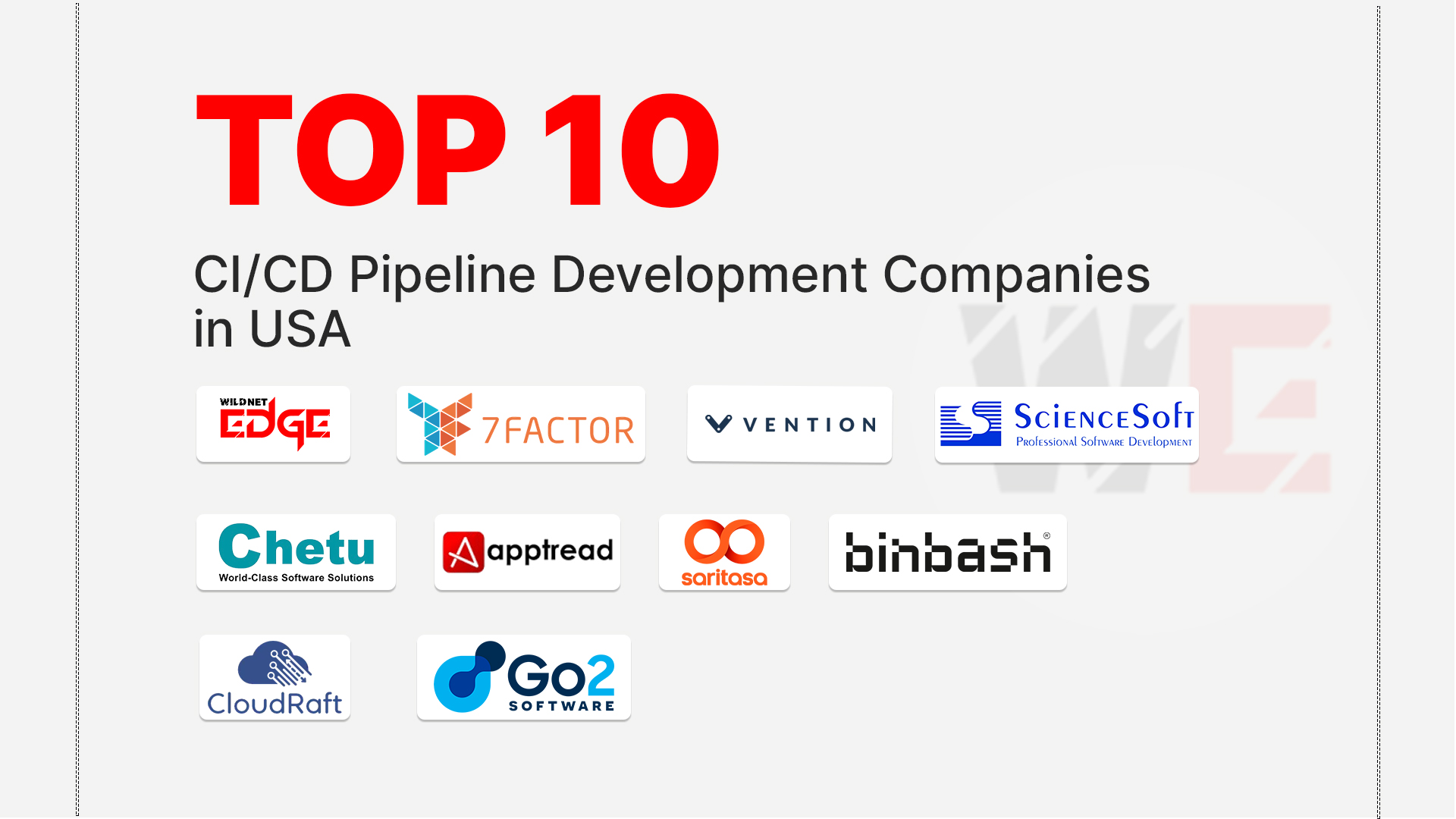Are you struggling to keep your patients engaged and informed? In today’s fast-paced healthcare landscape, patient engagement software is no longer optional—it’s essential. This software can transform your healthcare portal into a hub of communication and support, ensuring patients stay connected and proactive about their health. Let’s dive into how you can leverage technology to improve patient engagement and drive better health outcomes.
Telemedicine Integration
Integrating telemedicine within patient engagement software is crucial for modern healthcare. With the rising demand for convenient healthcare solutions, telemedicine plays a vital role in enhancing patient accessibility.
Benefits of Telemedicine for Patient Accessibility
Telemedicine allows patients to consult with healthcare providers from the comfort of their homes. This is particularly significant for individuals with mobility issues or those living in remote areas. By reducing travel time and associated costs, telemedicine makes healthcare more accessible to a broader population.
How Telemedicine Enhances Communication Between Patients and Providers
Telemedicine fosters real-time communication, enabling patients to discuss concerns, ask questions, and receive immediate feedback from their providers. This increased interaction enhances the patient-provider relationship, building trust and encouraging patients to be more proactive about their health.
Examples of Successful Telemedicine Integration in Healthcare Portals
Many healthcare organizations have successfully integrated telemedicine features into their patient engagement software. For instance, platforms like Teladoc and Amwell showcase how seamless telehealth solutions can be incorporated into existing healthcare portals. These integrations provide patients with easy access to virtual consultations, prescription refills, and follow-up appointments—all within a user-friendly interface.
Patient Dashboard
An effective patient dashboard is another essential component of patient engagement software. It serves as a personalized hub where patients can manage their health information and engage with their care.
Key Features of an Effective Patient Dashboard
A well-designed patient dashboard should include features such as appointment scheduling, medication reminders, lab results access, and direct communication with healthcare providers. These functionalities empower patients to take charge of their health and streamline their healthcare experience.
How Dashboards Promote Self-Management of Health
Patient dashboards encourage self-management by allowing individuals to track their health metrics, such as blood pressure, glucose levels, or weight. By providing visual representations of their data, dashboards motivate patients to set health goals and adhere to treatment plans, ultimately leading to improved health outcomes.
The Impact of Personalized Health Information on Patient Motivation
Personalization is key to keeping patients engaged. When dashboards display tailored health information—such as reminders for upcoming vaccinations, personalized health tips, or educational resources based on their conditions—patients are more likely to stay involved in their care. This sense of ownership over their health journey can significantly increase motivation and adherence to treatment regimens.
Strategies for Enhancing Patient Engagement
To maximize the effectiveness of patient engagement software, healthcare providers should implement various strategies that promote active participation among patients.
Utilizing Reminders and Notifications for Appointments and Medication
Automated reminders for appointments and medication refills are a straightforward yet effective way to enhance engagement. By sending timely notifications via text or app alerts, healthcare providers can help patients stay organized and committed to their health routines.
Offering Educational Resources and Health Tracking
Providing educational materials tailored to patients’ needs fosters a culture of learning and empowerment. Resources such as articles, videos, and webinars can help patients better understand their conditions and treatment options. Additionally, integrating health tracking features enables patients to monitor their progress and make informed decisions about their health.
Encouraging Feedback and Two-Way Communication
Encouraging feedback through surveys or direct messaging options can help healthcare providers understand patient needs and improve service delivery. Two-way communication fosters a collaborative environment where patients feel valued and heard, further enhancing engagement.
Future Trends in Patient Engagement Software
As technology continues to evolve, so do the tools available for patient engagement. Understanding emerging trends is crucial for healthcare providers looking to stay ahead.
AI and Machine Learning in Personalizing Patient Experiences
Artificial Intelligence (AI) and machine learning are set to revolutionize patient engagement software. By analyzing patient data, these technologies can offer personalized recommendations, predictive analytics, and tailored health interventions, making patient experiences more relevant and effective.
The Growing Importance of Data Security and Patient Privacy
With the increasing reliance on digital health solutions, ensuring data security and patient privacy has never been more critical. Healthcare providers must prioritize robust encryption, secure data storage, and compliance with regulations like HIPAA to build trust and protect sensitive patient information.
Predictions for the Next Wave of Patient Engagement Tools
Looking ahead, we can expect the emergence of more intuitive and integrated patient engagement tools. Features such as virtual reality for patient education, blockchain for secure health records, and enhanced mobile applications will likely become mainstream, further enriching the patient experience.
Conclusion
In summary, patient engagement software is vital for modern healthcare portals, enhancing communication, accessibility, and overall patient satisfaction. By incorporating telemedicine integration and patient dashboards, healthcare providers can foster a more engaged patient population. For tailored solutions that elevate your patient engagement strategies, trust WildnetEdge to deliver the expertise you need.
FAQs
Q1: What is patient engagement software?
Patient engagement software is a digital tool designed to facilitate communication and interaction between healthcare providers and patients.
Q2: How does telemedicine integration improve patient care?
Telemedicine integration allows healthcare providers to offer remote consultations, increasing accessibility and convenience for patients.
Q3: What features should a patient dashboard include?
A patient dashboard should include appointment scheduling, health tracking, educational resources, and secure messaging with providers.
Q4: Why is patient engagement important in healthcare?
Patient engagement is crucial as it leads to better health outcomes, higher patient satisfaction, and improved adherence to treatment plans.
Q5: How can healthcare providers enhance patient engagement?
Providers can enhance engagement by utilizing reminders, offering personalized information, and creating an interactive and user-friendly portal experience.

Nitin Agarwal is a veteran in custom software development. He is fascinated by how software can turn ideas into real-world solutions. With extensive experience designing scalable and efficient systems, he focuses on creating software that delivers tangible results. Nitin enjoys exploring emerging technologies, taking on challenging projects, and mentoring teams to bring ideas to life. He believes that good software is not just about code; it’s about understanding problems and creating value for users. For him, great software combines thoughtful design, clever engineering, and a clear understanding of the problems it’s meant to solve.
 sales@wildnetedge.com
sales@wildnetedge.com +1 (212) 901 8616
+1 (212) 901 8616 +1 (437) 225-7733
+1 (437) 225-7733































